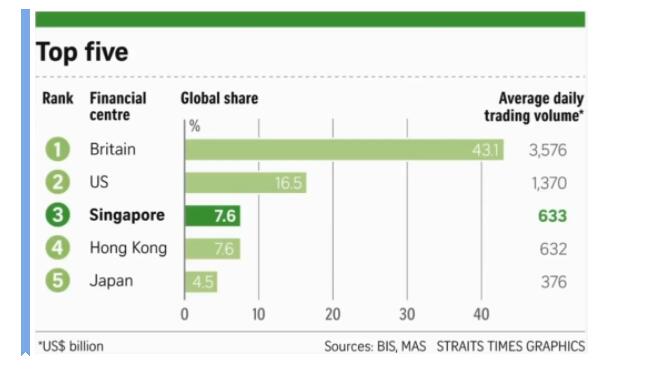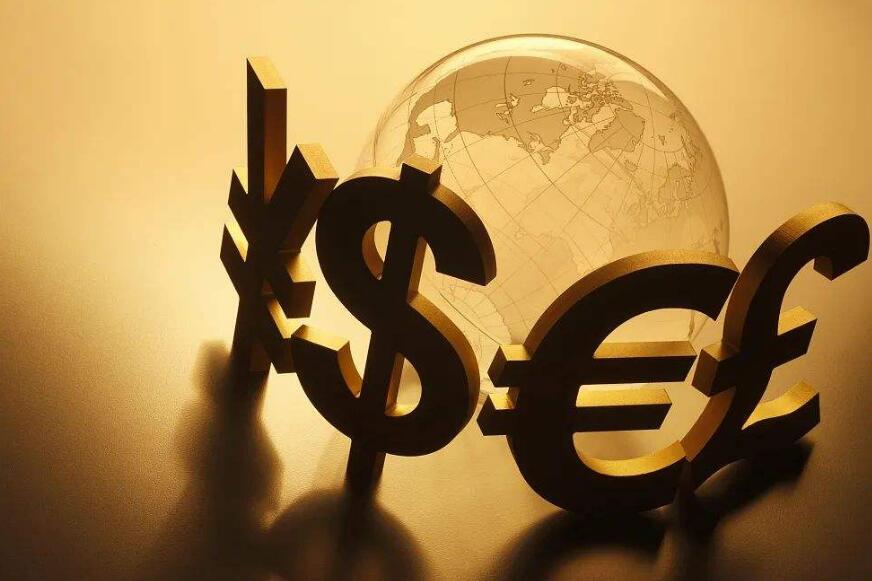What is a forex and how does it work?
Forex, also known as foreign exchange or FX trading, is the conversion of one currency into another.
Example: Take a trip to the U.S.
Before departure: RMB/U.S. dollar exchange rate: 1:6.2; 6,200 yuan = 1,000 U.S. dollars
When returning (1):
RMB/USD exchange rate: 1:7.2
1000 USD = 7200 yuan
Made 1,000 yuan
When returning (2)
RMB/USD exchange rate: 1:5.2
1000 USD = 5200 yuan
Lost 1,000 yuan
How do currency markets work?
Unlike shares or commodities, forex trading does not take place on exchanges but directly between two parties, in an over-the-counter (OTC) market. The forex market is run by a global network of banks, spread across four major forex trading centres in different time zones: London, New York, Sydney and Tokyo. Because there is no central location, you can trade forex 24 hours a day.

There are three different types of forex market:
Spot forex market: the physical exchange of a currency pair, which takes place at the exact point the trade is settled – ie ‘on the spot’ – or within a short period of time
Forward forex market: a contract is agreed to buy or sell a set amount of a currency at a specified price, to be settled at a set date in the future or within a range of future dates
Future forex market: a contract is agreed to buy or sell a set amount of a given currency at a set price and date in the future. Unlike forwards, a futures contract is legally binding
Most traders speculating on forex prices will not plan to take delivery of the currency itself; instead they make exchange rate predictions to take advantage of price movements in the market.
benefits of forex trading?
Round the clock market
It operates five days a week, for 24 hours each day. The first major market opens in Australia’s Sydney at 5 pm on Sunday and trading ends when the US’ New York market closes at 5 pm on Friday.
Leverage
Foreign exchange brokers allow retail traders to borrow against a small amount of capital, thereby offering a chance to open a high position. The amount of money you raise from leverage is generally represented as a ratio. For example, 1:30 would mean that your leverage is 30 times what you actually invested in the market.
Liquidity
Due to the large volume of trading activity that occurs round the clock in the forex market, it is considered the most liquid market in the world.
Volatility
Geopolitics, economic stability, policies, natural calamities and trade deals are among a long list of forces that influence the market. A small development in any of these translates into a major shift in the market. This sensitivity of a market is called its volatility. When values of currencies change for the better due to these determinants, they result in major profits. However, if the values are affected adversely, traders can suffer significant losses. Since volatility cannot be avoided altogether, you should go about having strategies to deal with volatile markets.

No restrictions on directional trading
Unlike the stock market, the foreign exchange market does not have any restrictions on directional trading. Since traders are always either buying or selling a currency according to the state of the market, you can easily go long or sell short depending on your prediction of change in their value. Because of the high liquidity of currencies, brokers do not charge any transaction fees for such trading that are required in stock markets.
Nobody controls the market
There is a large number of participants in the forex market, which is why no single player, but only external factors such as the economy can control prices. This factor reflects the importance of foreign exchange as an investment option on traders’ portfolios. No middlemen exist in this market, and brokers only help connect buyers and sellers.
Low transactional charges
A small capital sum is enough to start online forex trading, without any major costs of conducting transactions. The cost of transactions largely comprises the broker’s fee, which he earns from spreads. The spread is measured in pips or points in percentage, which is the difference between the ask price and the bid.